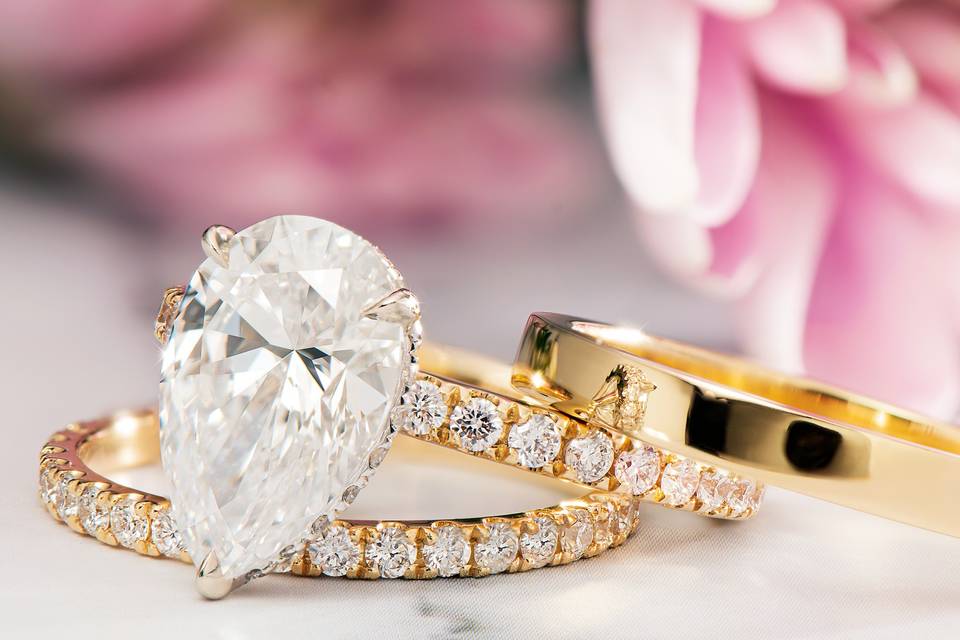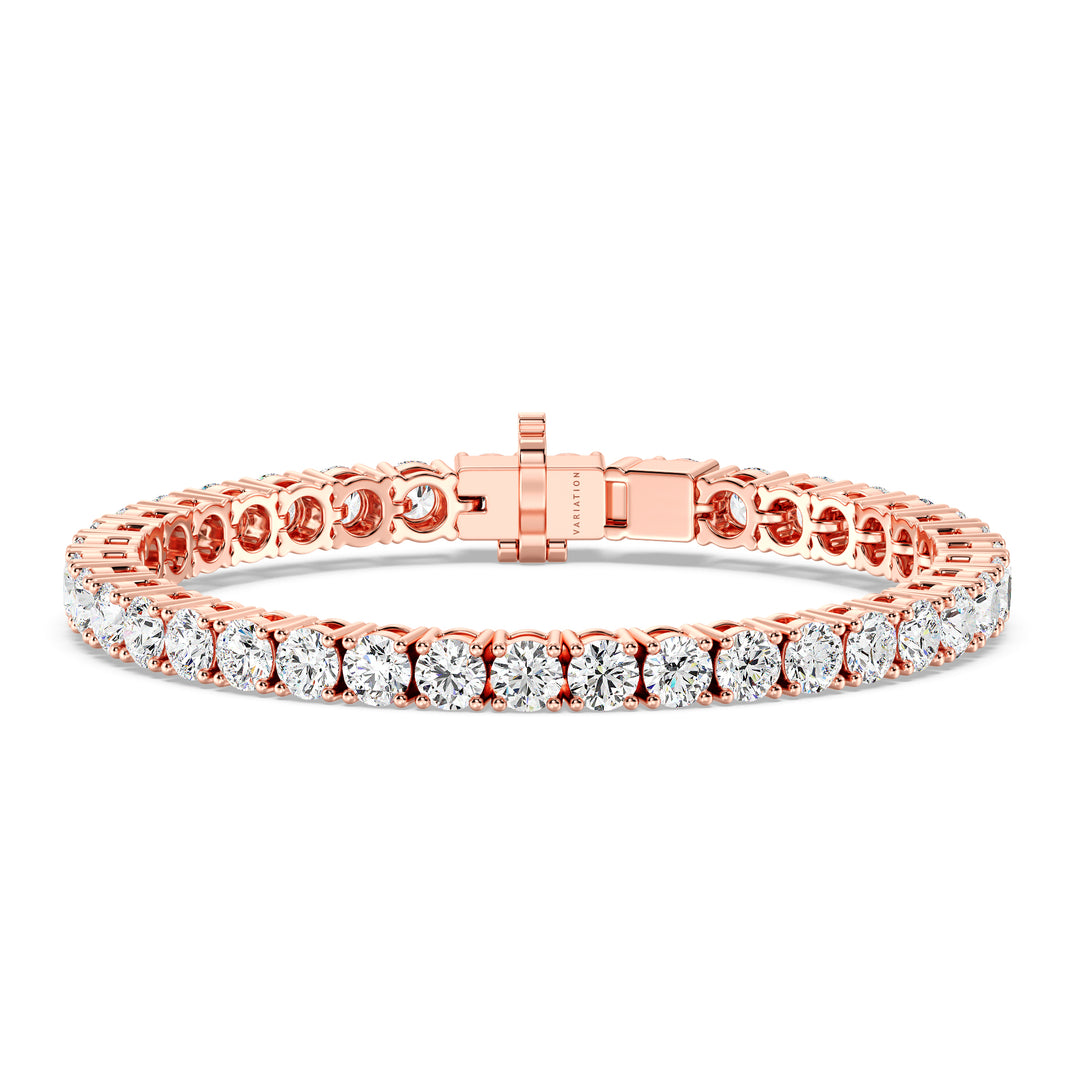When it comes to lab-made diamonds, understanding About diamond size is essential for anyone considering a purchase. These diamonds are not only a responsible choice for the environment but also offer incredible value for money. In this article, we will delve deep into the nuances of diamond size, the benefits of lab-created diamonds, and how to choose the perfect diamond for your needs.
Understanding Diamond Size
What Is Diamond Size?
Diamond size refers to the physical dimensions of the diamond, which are typically measured in millimeters. The most common measurements include the diameter for round diamonds and the length and width for fancy shapes like oval or princess cuts. Size can significantly affect the visual appeal of the diamond, influencing its perceived value and sparkle.
Carat Weight vs. Diamond Size
One of the most common misconceptions is that carat weight directly correlates to the diamond’s physical size. While carat weight is a measure of the diamond’s mass, it does not always equate to the diamond’s size. For example, a one-carat diamond may appear larger or smaller depending on its cut, shape, and proportions.
The Importance of Cut Quality
How Cut Affects Size Perception
The cut of a diamond influences not only its sparkle but also its size appearance. A well-cut diamond can appear larger due to the way it reflects light. For instance, a round brilliant cut maximizes the diamond’s brilliance and fire, often making it appear larger than its actual carat weight suggests.
Proportions Matter
When selecting a diamond, attention should be paid to the proportions—including depth, table size, and crown angle. Ideal proportions enhance the diamond’s visual size, maximizing its light performance. Lab-created diamonds often feature excellent cut grades, which means they can appear larger and more brilliant than their natural counterparts.
Choosing the Right Size for You
Factors to Consider
Your budget will heavily influence your choice of diamond size. Lab-made diamonds typically offer a more significant size at a lower price point compared to natural diamonds. This affordability allows for larger carat weights without sacrificing quality. Additionally, consider your personal style and how the diamond will fit with your lifestyle. If you lead an active lifestyle, a lower profile diamond might be preferable. The diamond setting can also affect how the size is perceived. For example, a halo setting can make a smaller center stone appear larger due to the surrounding smaller diamonds.
Popular Sizes for Engagement Rings
For engagement rings, there are popular trends in diamond sizes. Sizes ranging from 0.5 to 1.0 carat are ideal for those who prefer subtle elegance. Moving into the 1.0 to 1.5 carat range offers a balance between size and budget, while 1.5 to 2.0 carat sizes are increasingly popular for those wanting a statement piece.
Customization Options
Lab-made diamonds offer a unique opportunity for customization. You can select the perfect size and shape to match your vision, making it easier to find a diamond that aligns with your style and budget.
Benefits of Lab-Made Diamonds
Eco-Friendly Choice
One of the standout advantages of lab-made diamonds is their environmental impact. Traditional diamond mining can cause extensive ecological damage, whereas lab-created diamonds are produced in controlled environments with significantly reduced carbon footprints.
Affordability
Lab-created diamonds typically cost 20-40% less than their mined counterparts for equivalent size and quality. This price difference allows consumers to choose larger diamonds or higher quality at the same price point.
Ethical Considerations
By choosing a lab-made diamond, consumers can avoid the ethical concerns associated with conflict lab made diamonds. The transparency of the lab creation process ensures that you are making a responsible choice.
Conclusion: Making an Informed Decision
When considering the purchase of a lab-made diamond, understanding diamond size is crucial. Factors like carat weight, cut quality, and personal preferences all play significant roles in making the right choice.




